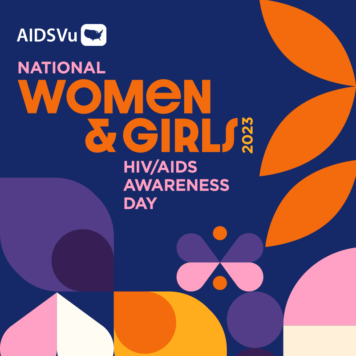Dr. Whitney S. Rice, DrPH, MPH, is an Assistant Professor at Emory Rollins School of Public Health and Director of the Center for Reproductive Health Research in the Southeast (RISE).
Your research has focused on the implications of social and structural determinants of health. Can you share what drew you to this line of research?
My interest in social and structural determinants of health stems from witnessing how who surrounds us, where we live, and our access to resources are connected to health advantages and disadvantages and consequently better or poorer health. Structural determinants of health are the distributors of inequities. They structure opportunities and life position, which result in either advantages or disadvantages. One example of a structural inequality is racism, which impacts our access to housing, income, and education, and more.
My desire to prevent these health inequities is what drew me to the public health field. As a person who lives with a chronic condition and who has seen family members thrive while simultaneously struggling and even dying with such conditions, I am passionate about ensuring that people can be healthy regardless of their social and structural conditions.
In 2021, Black women were 14% of all women in the U.S. but made up the majority (54%) of new HIV diagnoses among women. What factors contribute to this disparity?
There are numerous factors that contribute to this disparity, but one example is structural racism. Structural racism makes it increasingly difficult to prevent HIV and the health consequences of living with HIV. To get more specific, we can look at Black women’s access to PrEP. As we have also historically seen with other HIV prevention and treatment and family planning opportunities, Black women’s access to PrEP can be systematically limited by lack of access to a provider due to location, affordability, PrEP stigma and intersecting stigma and discrimination (related to race, income, disability, etc.).
One of your papers examines stigma in health care settings among women living with HIV in the United States. How does HIV-related stigma negatively impact women’s access to care in the U.S.?
There are several ways that stigma may impact access to care. Some people may hesitate to take advantage of, avoid, or be prevented from accessing HIV-related prevention and care due to stigmas. For example, people report difficulty starting PrEP or other HIV prevention tools due to fear of judgement. Women have expressed expecting and experiencing judgement in health care settings related to their sexual behavior and sexuality. People’s physical location can also hinder access to PrEP and other healthcare. Specifically, the HIV-related and intersecting stigmas reflected in regional culture and state policy (e.g., sex education law, Medicaid expansion) also certainly play a role in the availability of relevant care information and services, and in how acceptable women may feel it is to access to care.
Black women face the unique burden of both gender and race inequalities. How does the intersection of these social categories impact how Black women experience HIV in terms of risk and access to care?
Beyond the anticipated and experienced gendered and racialized stigma experiences that I just noted, studies show that Black women also report healthcare interactions where their reproductive desires are minimized or undervalued in care decisions. Preferences and decisions like those surrounding terminating or continuing a pregnancy, which are central to reproductive autonomy, have been historically infringed upon for women of color and women with chronic conditions and disability. Especially considering this history, it is time to ensure that healthcare experiences are as respectful and patient centered as they could be. This is critical to creating the kind of healthcare environments that people deserve and desire to access.
In 2021, the PrEP-to-Need Ratio, which is the ratio of PrEP users to new HIV diagnoses in given year, was more than 2.5 times lower for women (5.26) than for men (13.28), indicating an inequity in PrEP use for women relative to their need. Why is PrEP uptake among women so much lower, and what can be done to close this gap?
In 2019, I was an investigator in a study based in Birmingham, Alabama. This study examined factors that made it easier and harder for people to use PrEP, and we talked to people who were already using PrEP or would benefit from using it. The study participants shared that there was a lack of awareness of PrEP and that they had seen limited advertisements within specific communities and social groups, including women. Years later this feedback continues to be echoed, especially in southern and rural communities. Additionally, we heard that PrEP information and actual products should be accessible. Suggestions for broadening reach included media and advertising in non-traditional spaces like school systems or community settings beyond healthcare clinics. While we are making great strides in a lot of these areas, the field could scale up these innovative approaches, ensure they are sustainable, and help people navigate various access points in our systems.
And then March 10th is National Women and Girls, HIV/ AIDS Awareness Day. What message do you have for the community on this day?
Despite the simultaneous global crises and epidemics, we are living in a time where multiple forms of PrEP exist, making it easier to address at least part of the HIV epidemic. As it relates to HIV, it is our job to ensure that biomedical tools are accessible across social and structural barriers, and that women are centered in efforts to increase awareness, availability, and resources. The broader community should continue to hold public health professionals accountable to ensure people benefit from access.




